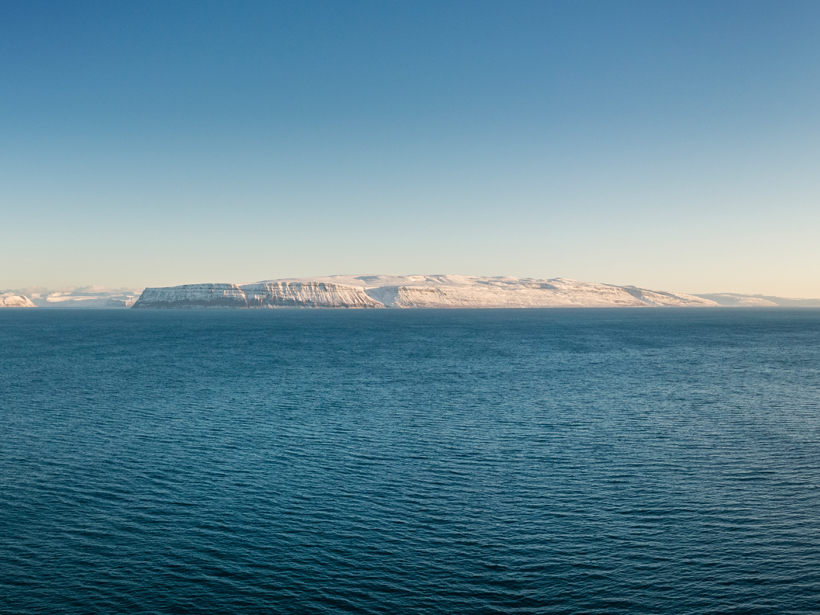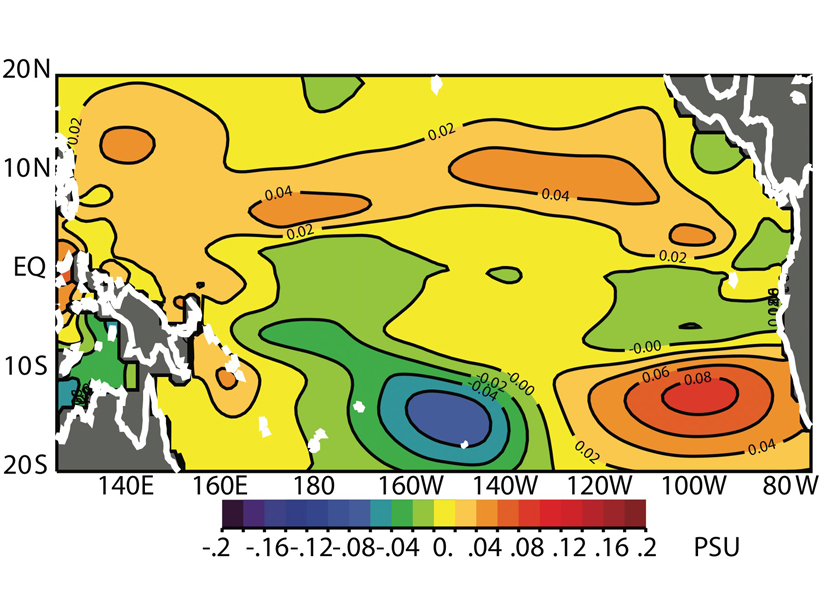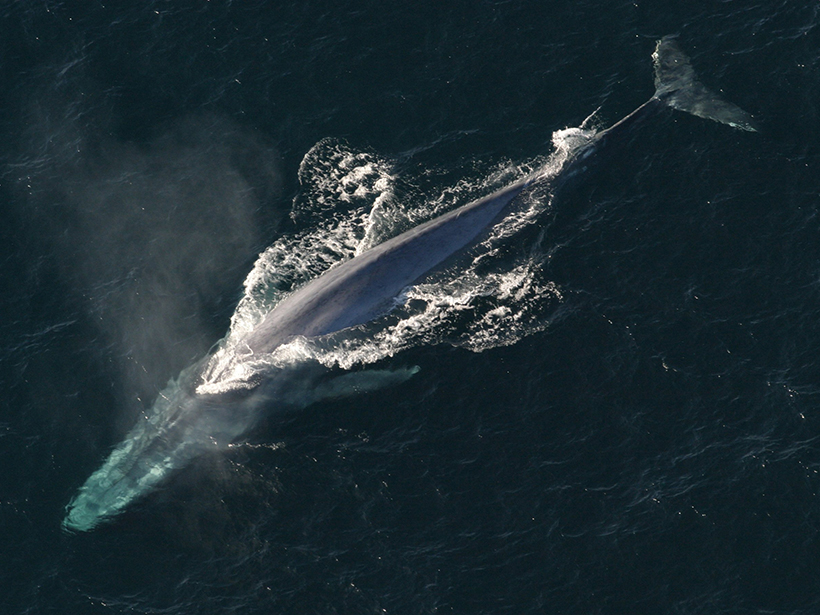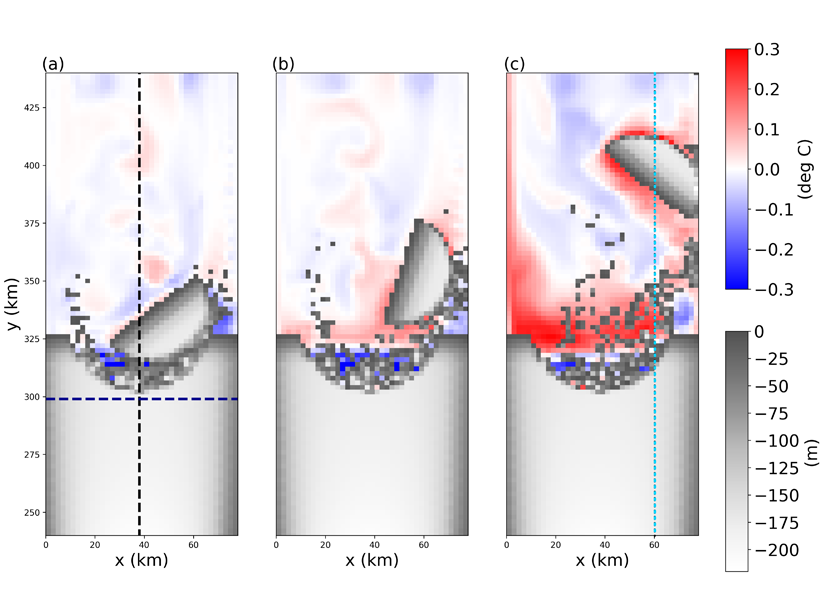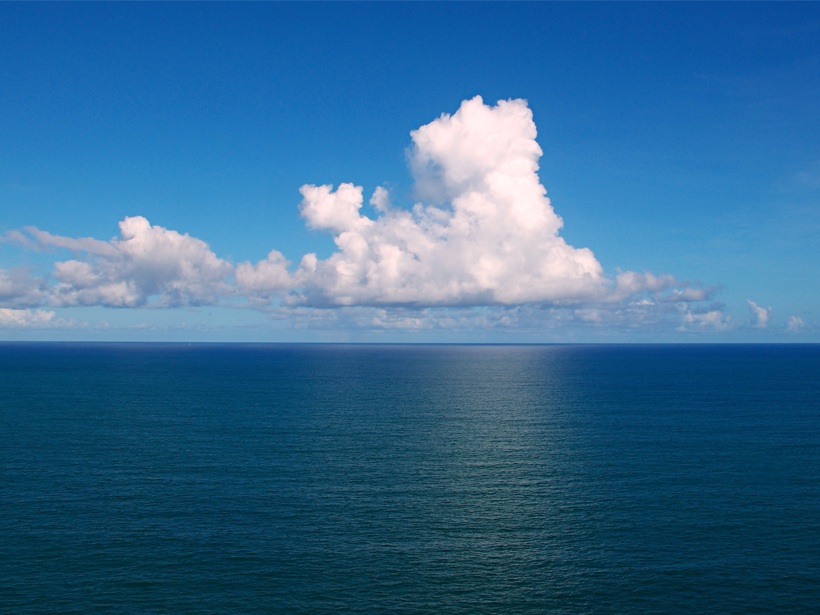Training an algorithm with satellite images of ocean color reveals the blooms and busts of phytoplankton communities.
Journal of Geophysical Research: Oceans
Theoretical Models Advance Knowledge of Ocean Circulation
A review of recent advancements highlights key insights into the Atlantic Meridional Overturning Circulation and what might be in store for future research.
Salinity from Space Improves El Niño Forecasts
Assimilating satellite observations of ocean surface salinity significantly improves coupled model forecasts of El Niño.
Air-Sea Exchanges from a Wave-Following Platform
Data obtained from a wave-following platform are used to calibrate coefficients and multiple parameterizations of air-sea fluxes in swell conditions.
Seasonal and Annual Changes in Pitch in Blue Whale Calls
Six years of acoustic recordings detect seasonal shifts in blue whale vocalizations that correlate with the presence of icebergs, a primary source of ambient ocean noise in the southern Indian Ocean.
Creating Icebergs in Ocean Models Coupled to Ice Shelves
Modeling icebergs as Lagrangian elements held together by numerical bonds provides insights into coupled exchanges of heat, freshwater, and momentum between large icebergs and the ocean.
The Effect of Coral Bleaching Events in the Great Barrier Reef
A new study using seawater chemistry compares the status of the iconic reef before and after a bleaching event.
Shifting Winds Drive Ocean Temps Along South African Coast
A new study could help manage sardine populations in coastal waters.
Water, Water Everywhere—But How Much H2O?
A new study quantifies the abundance of single and bonded H2O molecules in the ocean.
In a Spin: New Insights into the Beaufort Gyre
A new special collection in JGR: Oceans presents results from studies of the Beaufort Gyre, an oceanic circulation system in the Arctic that has far-reaching influence on the global climate.


